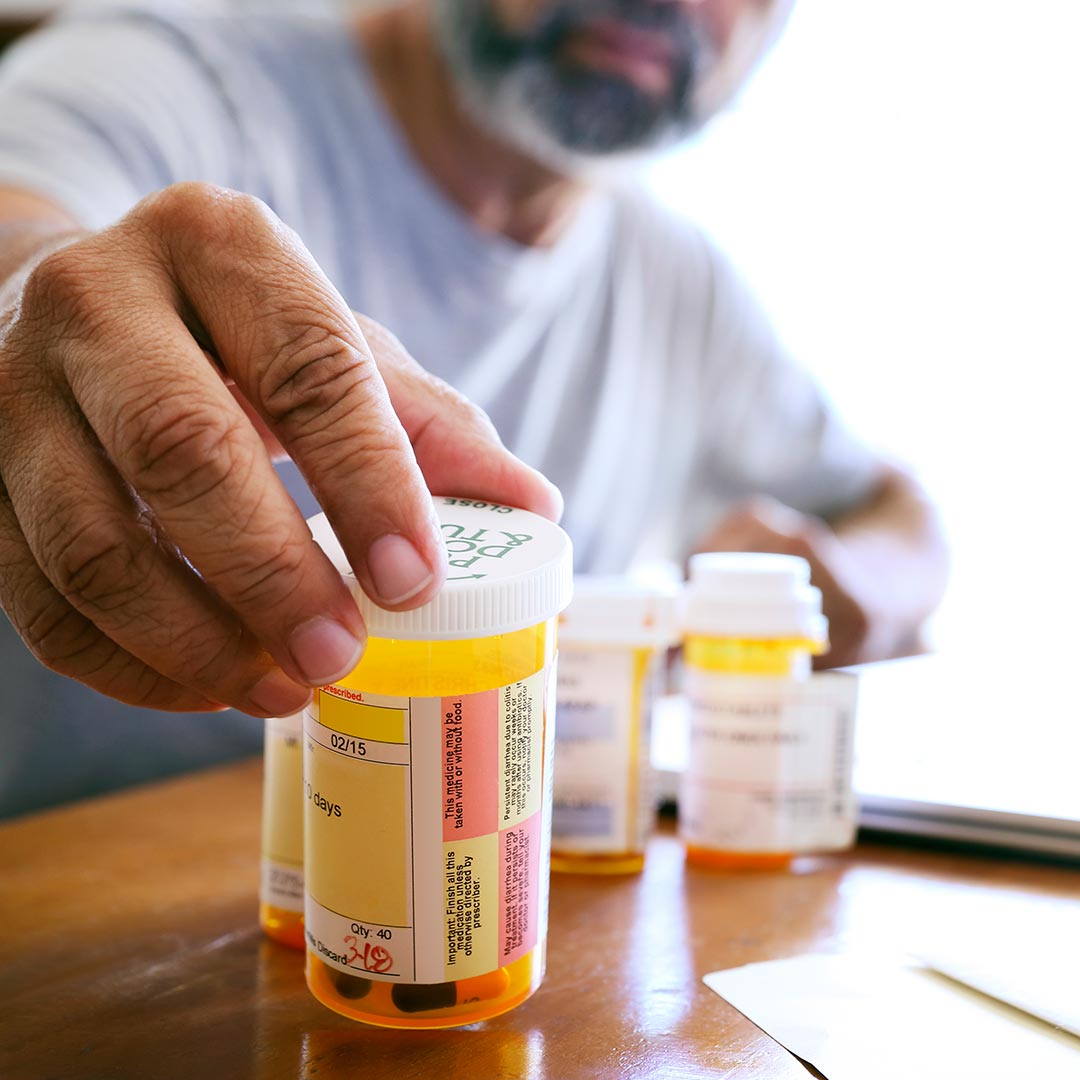
When talking about prescriptions –whether it be with your doctor or if you are analyzing prescription data—it is important to understand that all prescriptions have six parts:
-
Name of the Drug
-
Dosage
-
Route Taken
-
Frequency
-
Amount Dispensed
-
Number of Refills
While this article is in no way an exhaustive discussion of prescriptions, let’s take a look at each part:
Part 1—Name of the Drug
The name of the drug is important, but did you know that all drugs have two names: The brand name and the generic name? The brand name is the name assigned by the drug manufacturer and the generic name is the ‘standard name.’ Just because a drug has a generic name, does not mean that it is available in generic form. For example, the commonly prescribed cholesterol medication, Crestor, has the generic name—Rosuvastatin—but you cannot purchase generic Rosuvastatin in the U.S. as it is not available in generic form yet.
Another important thing to know about the name of the drug is, if the physician writes for the brand name on the prescription pad and the generic is available, often you can ask for the generic at the pharmacy. For example, a very common antibiotic is a Z-Pak. Most physicians write ‘Z-Pak’ on the prescription pad because it is short and easy to write. However, the antibiotic’s generic name is ‘Azithromycin’ (longer and harder to write). You can often ask for the generic form instead of the brand name at the pharmacy.
Part 2—Dosage
The dosage is the strength of the medication. Typically it is expressed in milligrams (mg). Most medications come in multiple dosages—say 20 mg, 40 mg and 80 mg. Interestingly, often the higher dosages do not cost much more or they may even all cost the same. One would think that the more ‘medicine’ that is in the prescription, the more it would cost, but that is not the case. So do not necessarily conclude that an 80 mg pill is going to cost 4X more than a 20 mg pill.
Also, do not let the number scare you as being ‘too high’. It is all relative. For example, 500 mg of Metformin (common diabetes medication) is a low dose of Metformin, whereas 1 mg of Folate (commonly prescribed vitamin) is actually a very high dose of Folate.
Part 3—Route Taken
Most medications are taken orally as pills. The abbreviation for oral is PO (per oral). Some medications are creams, lotions or gels. Others are drops that are put in the eyes. There are additional routes as well.
It is important to know/indicate the route taken because sometimes the same medication name can be taken different routes—say as a pill or as a cream. That different route may completely change the condition it treats and the price. For example, Metronidazole is an antibiotic that can be taken as a pill to treat intestinal infections or it can be applied to the face as a gel to treat acne or rosacea. Those two forms of Metronidazole can also be a very different price.
Part 4—Frequency
The frequency is how often the prescription medication is taken. There are several common abbreviations for frequency that you may see on your written prescription from the doctor and this is what they mean:
- qD, qDay or Daily—these all mean once daily. qD is not a good abbreviation because it can be misinterpreted, so it is actually forbidden in many physician practices and hospitals.
- BiD—twice daily
- TiD—three times daily
- QiD—four times daily
Also, when medications are only taken as needed, often the frequency is followed by the letters ‘PRN’—which means as needed. There are many additional frequencies and abbreviations, but these are the most common.
Part 5—Amount Dispensed
The amount dispensed is the number of pills or the size of the tube of lotion or cream. If a pill is to be taken once daily for a month, typically the amount dispensed will be 30. Alternatively, the amount dispensed can be a specified duration of time—for example, ‘dispense 1 month supply.’ If a lotion or cream is prescribed, then typically the amount dispensed is a certain ‘gram tube’ (15-gram tube).
The important thing to note here is that if you take a medication chronically—for months or years—and you would like to have it filled by mail order (which is often more convenient and less expensive), then the prescription typically needs to be written for a 90 day or 3 month supply. You may need to specifically ask the physician to do this and see if it is appropriate for you.
Part 6—Number of Refills
You and your physician may want to have the medication refilled meaning the number of refills must also be indicated on the prescription. If the physician does not want the medication to be refilled, he or she must still indicate ‘Zero Refills’. Keeping track of your refills is very important and is essentially your responsibility. Most physicians will not proactively keep track of refills or contact you to let you know you are running out. If you are running low on a chronic medication, you can look at the bottle or call the pharmacy to find out how many remaining refills you have. This is vitally important with medications such as Plavix/Clopidogrel (platelet, heart medication) and Coumadin/Warfarin (blood thinner), where missing a dose could have serious consequences.
So what does this mean for you?
All of these six parts can be fairly complicated. The best thing you can do as a healthcare consumer to help yourself and help your physician regarding your prescriptions is to take the actual prescription bottles, tubes and inhalers/boxes with you to the appointment
This could improve the quality of your care and help prevent drug overdoses and harmful drug interactions.



